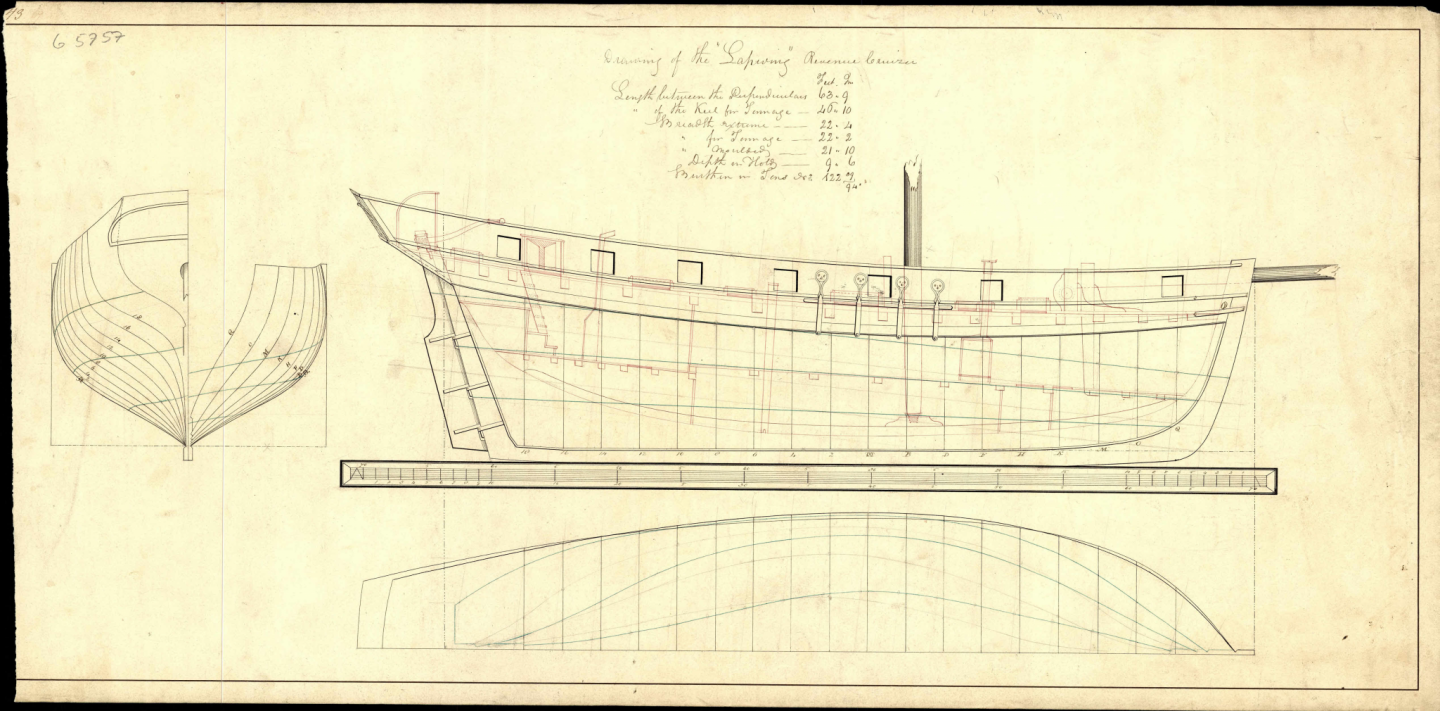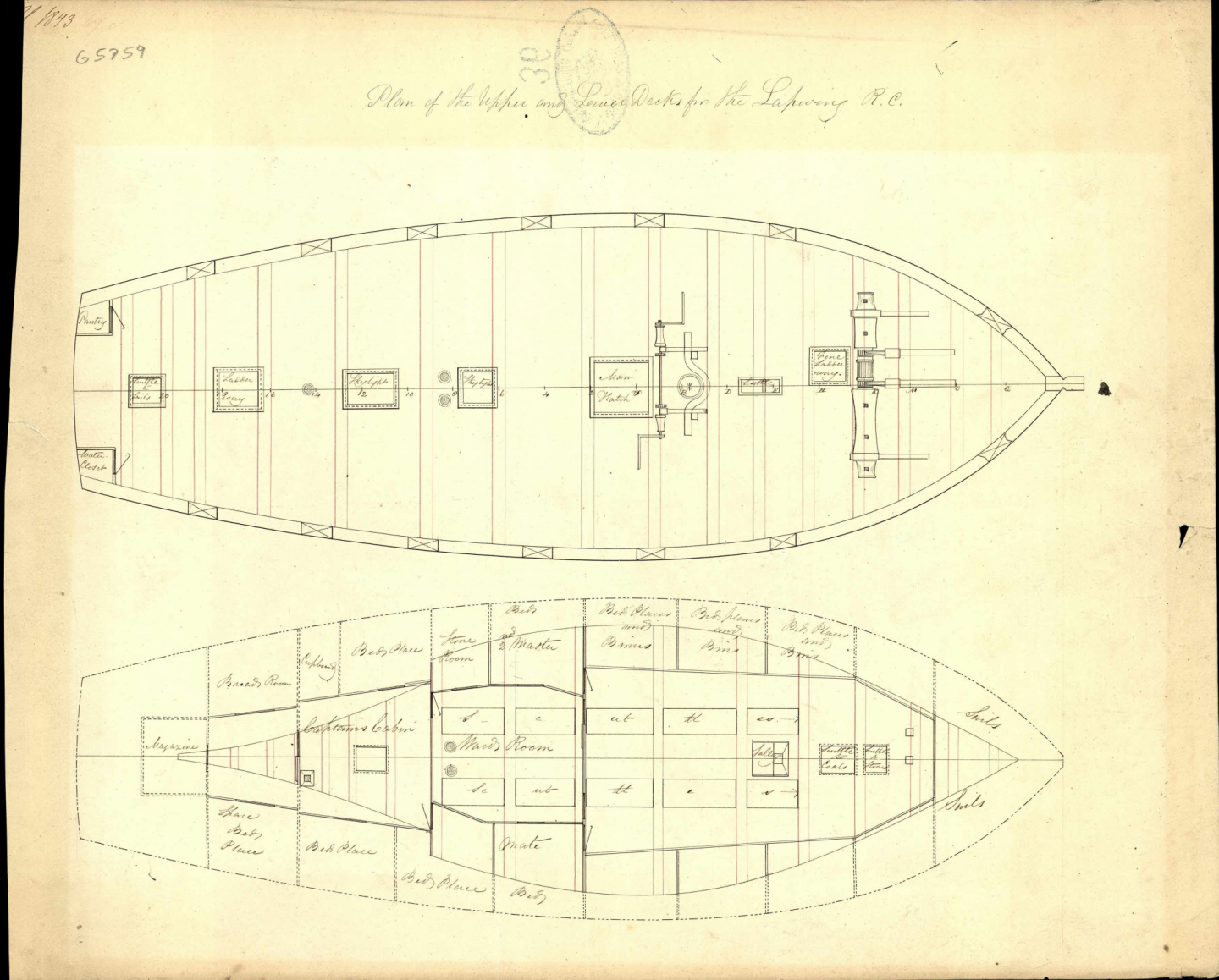-
Posts
3,046 -
Joined
-
Last visited
Content Type
Profiles
Forums
Gallery
Events
Everything posted by bruce d
-

Mini Lathe recommendations?
bruce d replied to jfinan's topic in Modeling tools and Workshop Equipment
Got one. PM me? -

Miniature Desk-Top Laser-Cutter
bruce d replied to wefalck's topic in Modeling tools and Workshop Equipment
On reflection, I see this process can be even more simple than I originally thought. In the past for conventional etching processes I had to bring together images and metallic components in perfect registration. To do this I had to juggle photographic material and photosensative coated metal sheets. You do not have these same materials so you do not have the same issues. If your software can produce mirror images that can then be repositioned to allign the 'X' registration marks, it will be possible to make a more simple fixture to position the workpiece for plotting. If you are going to proceed let me know. If the software can't do that trick then it is back to 'eyeball Mk 1' registration techniques. -

Miniature Desk-Top Laser-Cutter
bruce d replied to wefalck's topic in Modeling tools and Workshop Equipment
In my time as an etcher, when dinosaurs roamed the earth, one of the first registration systems I used was very much like we discussed above. The key to success was that all pieces in the system were consistent: any workpiece would fit the jig and anything registered on the jig would align with any other piece even when flipped over. This worked despite having the added complication of using photographic film that had emulsion on only one side and the final images had to end up emulsion-to-emulsion. I can see your idea working in practice. The starting point, from which you proceed with all possible accuracy, is to see if your software generates a consistent image. In other words, if you make a template to use for etching masks, will it work every time? If it will, then put some 'X' marks at the same point in each corner. Each piece of brass must have holes of a consistent size to correspond with the 'X's, again only possible with a jig. Your jig to hold the workpiece in the printer will have pegs in these same locations and must have some way of being located repeatedly in the printer. The last step in repeatability is not an obvious one but must be considered. The material to be etched must be flat or distortions will creep in. Even a small curl at the edge can prevent a piece from sitting properly in the jig(s) and make a mess of all the work put into getting good registration. For the mask material, I believe you will be able to simply use a can of spray paint. By the way, you have got me thinking and I will be interested in how you get on if you try this. Maybe I will follow your path ... ? You go first, I will make a cup of tea and watch. -

Miniature Desk-Top Laser-Cutter
bruce d replied to wefalck's topic in Modeling tools and Workshop Equipment
Why not? One of the many different processes used commercially to create masks was to apply a vinyl sheet and cut away pieces with a blade in a plotter: exactly like modern vinyl sign-writers. As for registration, if you have the ability to make a jig and produce holes with dead-accurate spacing, you can do one side of the workpiece and then flip it and the other side will be in perfect register. This is also based on an old commercial etching practice for small workshops like jewellers. Of course the laser cutter must have good repeatablity but I assume this is not a problem. -
And another welcome from the same island.
-

Lapwing 1816 Revenue Cutter
bruce d replied to iMustBeCrazy's topic in CAD and 3D Modelling/Drafting Plans with Software
I feel like I should know but I don't. I'm pretty sure the Danes and the British kissed and made up formally not long after the fall of Napoleon but I can't name the treaty. There are a lot of English drawings in the Dansk archives and the indications are that the exchange of information was extensive. It is very telling that the Dansk collection includes several early 19th century studies of English ships based on models on display in England, I believe the phrase used was something like 'copied from Admiralty model on display'. The Danes were poorly served by their alliance with Napoleon. Their involvement cut off England's supply of essential ship-building wood (for masts and yards) from the Baltic. The French were unable to help when the Royal Navy reacted. -

Lapwing 1816 Revenue Cutter
bruce d replied to iMustBeCrazy's topic in CAD and 3D Modelling/Drafting Plans with Software
This is also from Dansk Archive. None of the text entries are help[ful for these drawings, no dates or further details. I have seen the '1843' date on other drawings and it is possible that is a date when plans were transferred or re-named, not when the drawing was made. HTH -

Lapwing 1816 Revenue Cutter
bruce d replied to iMustBeCrazy's topic in CAD and 3D Modelling/Drafting Plans with Software
Top left hand corner of first drawing has a note '1843' -

Lapwing 1816 Revenue Cutter
bruce d replied to iMustBeCrazy's topic in CAD and 3D Modelling/Drafting Plans with Software
-

Brass plaque etching
bruce d replied to Murcia 66's topic in Metal Work, Soldering and Metal Fittings
The plaques look good, nice crisp edges to the etched letters. Maybe it is just the photos but they look like they might be copper. Copper etches very well with ferric chloride. Good job! -

Miniature Desk-Top Laser-Cutter
bruce d replied to wefalck's topic in Modeling tools and Workshop Equipment
Thank you very much. That is the most useful description I have seen of how these tools can help a modeller. Bruce -
Good video Tony, I do have one word of caution however: the presenter advises the use of silcone on the table and mechanism of the bandsaw to reduce friction, which of course works and may be standard practice in some environments. The problem is that even minute traces of silicone, from a fingertip or tool, has the potential to really mess up any finish a modeller may want to apply months after it finds it's way onto the wood (or virtually any other surface). Others may not agree but, based on expensive experience, silicone is banned in my shop. The practical approach of the presenter in the video is very helpful.
-
All bandsaws are not created equal. Most, however, have a lot in common. If you have a well set-up bandsaw with the right blade you should be able to do the tasks you have named easily. Like all tools, don't expect to get the good results with bad practice, so get your saw, learn how to use it (safely) and enjoy it.
-
Perhaps the post above will help. It is always down to the same question: 'What is the job you want a tool to do?'. The job illustrated in the post is bigger than the task you describe but it was still within the capabilities of the tool. I have used the same jig for resawing planed-all-round timber with very good results provided the correct blade is used. After careful setup and some practice, you should be able to resaw on a small bandsaw with ease.
-
Glad it was useful. They are a German company and distribute throughout Europe, perhaps there is a retailer out there somewhere who can help. There are other good bandsaws besides Scheppach and I would suggest you go for whichever one can be supported in your area as aftersales service can be critical.
-
Hello Stuglo, I can only speak for myself but I will never be without a bandsaw again. I used them on and off during my working life and when retirement came I was expecting to find a small one useful in the shop. I got a Scheppach HBS20, possibly the smallest proper bandsaw available. https://scheppachdirect.com/product/hbs20-8-band-saw/ It is now the 'go-to' tool in my workshop. I may get a larger bandsaw one day but I will keep this small one till it dies. By the way, the Scheppach customer service here in the UK is brilliant. Hope this helps, Bruce
-
Maybe this is the same chap? https://discovery.nationalarchives.gov.uk/details/r/C2995092 See line 11 of description.
-
According to PLYMOUTH’S BOOK OF WONDER - OVER 100 AMAZING FACTS ... "John Howland fell overboard the Mayflower during a storm and was almost lost at sea but managed to grab the topsail halyards, giving the crew enough time to rescue him with a boat hook. His descendants include Franklin D Roosevelt, George H W Bush, George W Bush, the poet Ralph Waldo Emerson and Humphrey Bogart" So, without a well placed topsail halyard we would not have had African Queen! The others also made a contribution here and there.
-
Worth considering. https://www.ebay.co.uk/itm/COB-LED-Wall-Switch-Wireless-Closet-Cordless-Night-Light-Battery-Operated-Lamp/333034172634?_trkparms=aid%3D555018%26algo%3DPL.SIM%26ao%3D1%26asc%3D20131003132420%26meid%3Dcdcd41f4842843dda61ad1ed46e93203%26pid%3D100005%26rk%3D3%26rkt%3D12%26mehot%3Dco%26sd%3D163840855368%26itm%3D333034172634%26pmt%3D1%26noa%3D0%26pg%3D2047675%26algv%3DSimplAMLv5PairwiseWeb&_trksid=p2047675.c100005.m1851 I have a couple and they really look to be the same as the ones under didcussion. And they work. This has been an interesting thread. I hadn't considered mounting one in a box above my sander (see post #1) but I will now.
-
Welcome to MSW.
-
Welcome to MSW
-
They are good reading material and a good reminder of how much the hobby has evolved. I found a bound volume from 1933ish on a bookstore shelf a few years back which contained a series on explanations of nautical terms and ships' parts: I wondered if this was the first time such a resource had been published. Take good care of them, they look to be in good condition.
-
A worthy subject is Gypsy Moth IV, the boat Sir Francis Chichester sailed round the world. He wrote about it afterwards. By the way, I read this guy's autobiography around 1976 and am still laughing.
About us
Modelshipworld - Advancing Ship Modeling through Research
SSL Secured
Your security is important for us so this Website is SSL-Secured
NRG Mailing Address
Nautical Research Guild
237 South Lincoln Street
Westmont IL, 60559-1917
Model Ship World ® and the MSW logo are Registered Trademarks, and belong to the Nautical Research Guild (United States Patent and Trademark Office: No. 6,929,264 & No. 6,929,274, registered Dec. 20, 2022)
Helpful Links
About the NRG
If you enjoy building ship models that are historically accurate as well as beautiful, then The Nautical Research Guild (NRG) is just right for you.
The Guild is a non-profit educational organization whose mission is to “Advance Ship Modeling Through Research”. We provide support to our members in their efforts to raise the quality of their model ships.
The Nautical Research Guild has published our world-renowned quarterly magazine, The Nautical Research Journal, since 1955. The pages of the Journal are full of articles by accomplished ship modelers who show you how they create those exquisite details on their models, and by maritime historians who show you the correct details to build. The Journal is available in both print and digital editions. Go to the NRG web site (www.thenrg.org) to download a complimentary digital copy of the Journal. The NRG also publishes plan sets, books and compilations of back issues of the Journal and the former Ships in Scale and Model Ship Builder magazines.




